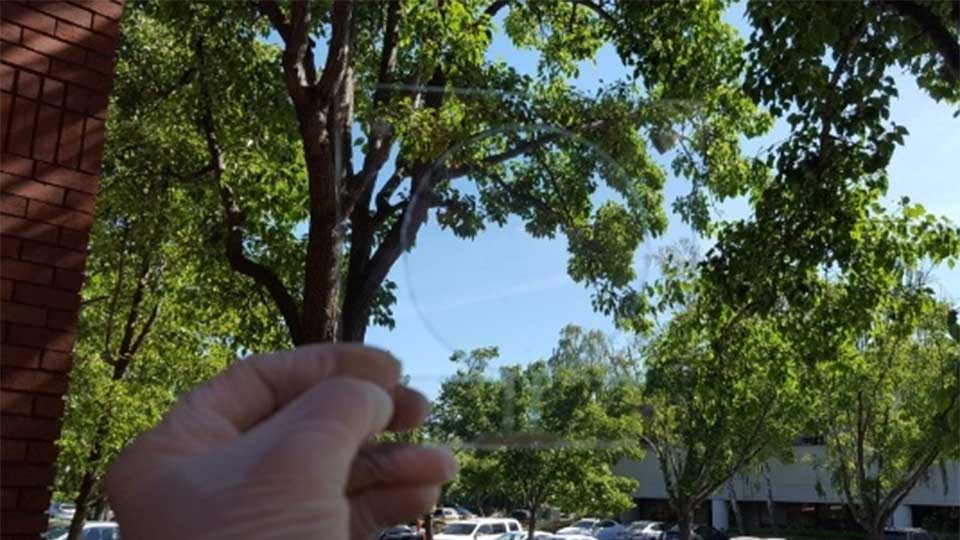Window of opportunity for advanced transparent transceivers for transport and solar
- Project timeframe
- 1 January 2023 - 31 December 2023
- Research area
- Wireless Communications
- Amount awarded
- £110k
- Funder ID
- Meta Materials Inc.
Project leader: Professor Will Whittow
This project aims to develop optically transparent antennas that function at microwave frequencies. These antennas can be placed on windows of vehicles or buildings as well as solar panels to enable wireless communications while being invisible.
Our objectives
The main objectives of the project are:
- To test the optimal fabricating and processing stages of Meta Materials' Nanoweb materials.
- To develop robust methods to physically and electrically connect the transparent antennas to conventional copper electronics.
- To measure the electrical conductivity and optical transparency and optimise the trade-off at various frequencies.
- Design and measure a range of optically transparent antennas and compare their performance with conventional antennas.
Our research
The project will initially be hands-on and practical to characterise the electrical and optical performance and the optimal handling and fabrication routes, where we will work closely with Meta Materials Inc and their optically transparent Nanoweb materials.
Electrical conductivity will be measured using various techniques, including the 4-point probe technique, single post-dielectric resonators, waveguides, and electromagnetic shielding. The physical geometry will be assessed using conventional microscopes and scanning electron microscopes, and the fabricated antennas will be measured in our anechoic chamber.
Challenges in the field

There is always a trade-off between the electrical conductivity and the optical transparency that can be achieved. Several parameters can be tweaked in the Nanoweb fabrication process, affecting the conductivity-transparency balance. This project will assess the optimal trade-off at different frequencies. Different applications will require near-perfect optical transparency, whilst others will prioritise the antenna performance.
Finding a robust electrical connection methodology with any thin material is always challenging. This challenge is increased if (part of) the connection needs to be transparent.
Our outcomes
Thus far, we have measured the conductivity and optical transparency of a range of Nanoweb samples. The conductivity values have been rigorously compared using four different techniques. We are investigating coupling mechanisms and conducting epoxies to form the connecting interface.
In the project's next stage, we will design a range of transparent antennas and measure their performance. These sample antennas can be showcased to end users. In addition, we will work with Meta Materials Inc. to write a White Paper or submit a peer-reviewed academic publication.
This is a really exciting project that spans novel materials with antenna design. Meta Materials Inc. are a great company to work with and provide a lot of support in terms of technical know-how and guiding the project to real-world applications.